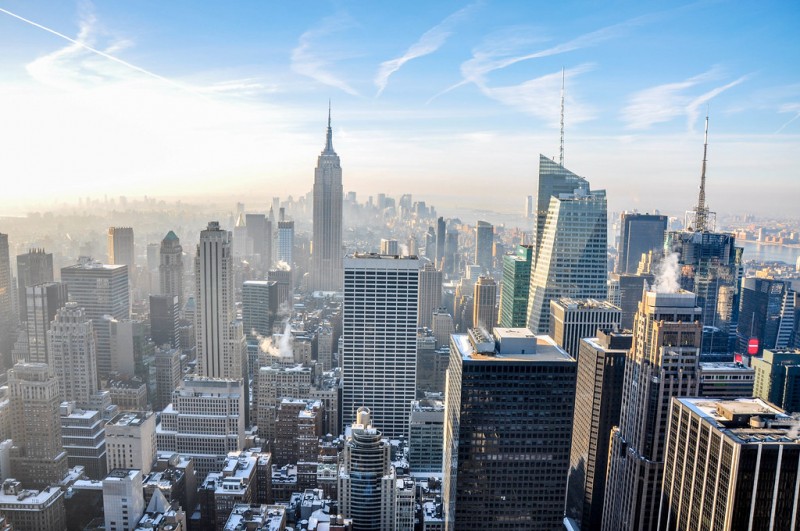
In this article, we will delve into the bustling urban landscapes of some of the world's most populous cities, highlighting their unique features and the challenges they face due to their massive populations.
Urbanization is a global phenomenon where an increasing number of people are moving from rural areas to cities in search of better opportunities, lifestyle, and improved living standards. This migration has led to the growth of megacities, defined as cities with populations exceeding 10 million inhabitants.
As the world's population continues to rise, urban areas are under constant pressure to accommodate and sustain an ever-growing number of residents. This article will focus on some of these densely populated cities, shedding light on their cultures, infrastructures, and the issues they confront daily.
Tokyo, the capital of Japan, stands as one of the most populous cities globally, with a unique blend of modernity and tradition. Its massive population poses challenges in terms of housing, transportation, and public services. However, Tokyo is known for its efficient public transport system and innovative urban planning.
With a population exceeding 37 million, Tokyo faces the need for continuous development and sustainable urban strategies to support its residents and maintain its global standing.
Delhi, the capital of India, is another metropolis grappling with overpopulation. Boasting a population exceeding 31 million, it faces significant challenges related to infrastructure, air pollution, and sanitation. The city struggles to provide adequate housing and basic amenities to all its residents.
Efforts are being made to improve public transport and reduce pollution levels, emphasizing the importance of sustainable growth and eco-friendly practices in densely populated urban areas.
Shanghai, a prominent city in China, is renowned for its economic prowess and a population exceeding 27 million. The city's rapid growth has led to a surge in demand for housing and infrastructure development.
Efficient urban planning and sustainable practices are crucial for Shanghai to tackle the demands of its burgeoning population while maintaining a high quality of life for its residents.
The New York metropolitan area, encompassing New York City and its surrounding regions, is one of the most populous urban conglomerates in the United States. With over 20 million residents, it's a cultural melting pot with diverse communities.
Managing such a vast population requires robust public services, infrastructure, and an emphasis on sustainable development to ensure a prosperous future for all its inhabitants.
Dhaka, the capital of Bangladesh, is one of the world's most densely populated cities, with a population exceeding 21 million. This immense population density strains the city's resources, resulting in challenges related to housing, traffic congestion, and waste management.
Efforts to alleviate these issues include improved waste disposal systems, investment in public transportation, and sustainable urban planning.
Lagos, the largest city in Nigeria, is a bustling metropolis with a population exceeding 14 million. Rapid urbanization has led to infrastructural challenges, inadequate housing, and traffic congestion.
Addressing these issues requires a multi-faceted approach, including investment in infrastructure, affordable housing projects, and improved public transportation systems.
Megacities worldwide face shared challenges due to their burgeoning populations. These include housing shortages, inadequate healthcare, traffic congestion, environmental degradation, and strained public services. Implementing sustainable development goals and innovative urban planning is crucial to overcoming these challenges.
To ensure the sustainability of these populous cities, comprehensive urban planning and policy implementation are essential. Prioritizing sustainability can help mitigate the adverse effects of overpopulation and transform these cities into thriving, livable spaces for all.
Exploring the world's most populous cities provides valuable insights into the complexities and opportunities presented by urbanization. By focusing on sustainable growth and innovative solutions, we can create a better future for these vibrant urban centers.
Time-Traveling Through Bollywood
Will these fast trains ever make flying obsolete?
If you want to visit the beach with children then plan to visit these beaches